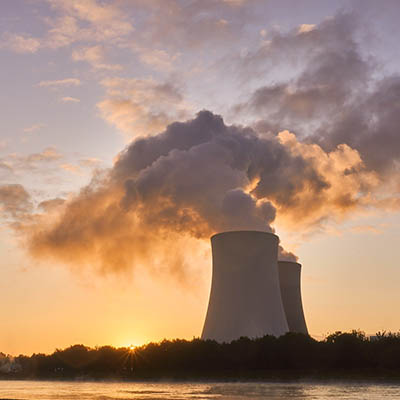Mexico targets 45% of renewable power generation by 2030 and caps oil production
October 4, 2024

The Mexican government has announced its plans to increase the share of renewable energies to 45% by 2030. In its 100 engagement points program, the government renewed its engagement towards renewable energies development, planning to increase the access to solar PV technology to reduce energy prices in the hottest regions of the country. The government also announced that the state-owned Federal Electricity Commission (CFE) is expected to produce at least 54% of the country’s electricity, with IPPs accounting for 46% to preserve energy security. The plan also expects to cap crude oil production to 1.8 mb/d, focusing on domestic consumption rather than exports, while strengthening the country’s refineries, and to increase the national production of petrochemicals and fertilisers.
Under the General Law on Climate Change (“LGCC”) the country had a target of reaching 37.7% of “clean energies” (renewables, nuclear, CHP, and CCS) in total power generation by 2030, and 50% by 2050. In 2018, Mexico’s Secretariat of Energy (SENER) raised the target to 50% of “clean energy” sources in its power mix by 2034. In 2023, clean sources only accounted for 18% of the country’s power mix (wind and hydro at 5% each, solar at 3.4%, nuclear at 3%, geothermal at 1%, and biomass at 0.7%).
Search
RECENT PRESS RELEASES
Related Post




